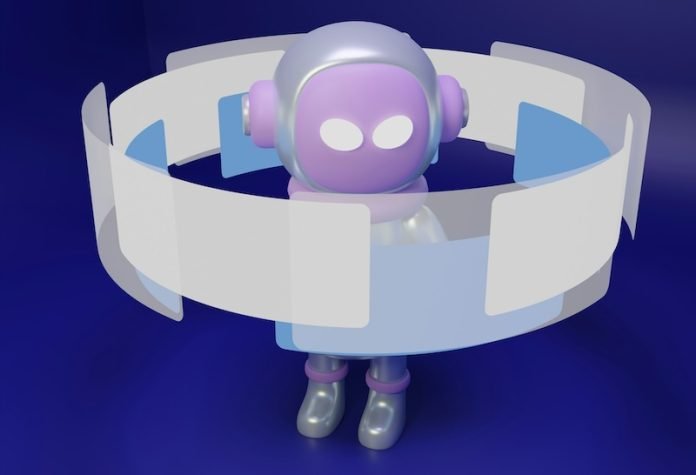
Imagine teaching a robot to talk like a kid. We’re not talking about feeding it every book in the library, but instead, showing it the world through a child’s eyes and ears. This is exactly what some smart folks decided to try.
They wondered if an artificial intelligence (AI) system could pick up language the way a little one does, not from reading trillions of words from the internet but from the few million words and sights a child experiences growing up.
Kids learn to talk in a surprisingly simple way. They don’t read dictionaries or study grammar books.
They listen, watch, and try words out, learning from the everyday adventures they have from the time they’re in diapers until they’re blowing out candles on their second birthday cake.
Researchers had a hunch that AI could do something similar. They wanted to see if a computer could learn to understand and speak by experiencing life as a toddler does.
So, they set up an experiment with a twist. They used videos taken from a camera attached to a child’s head, capturing what the child saw and heard from six months old to two years old.
This wasn’t just any video collection; it was a peek into the child’s world, showing everything from meal times to playtimes, all from the child’s point of view.
The child’s day-to-day experiences, including the words they heard and the things they saw, were all recorded, but only a tiny fraction of it. Imagine capturing just 1% of what a child sees and hears—that’s what the AI had to learn from.
Using this unique dataset, the researchers trained a computer model to connect words with what they mean, just like a child linking the word “apple” with the sight of an apple.
This AI system had two parts: one that looked at pictures (what the child saw) and another that listened to words (what the child heard).
They were trained together to understand that when a parent says “apple,” it probably has something to do with that round, red thing on the table.
And guess what? It worked! The AI began to pick up words and their meanings, proving it could learn a lot from a little, just like a human child.
This breakthrough showed that AI doesn’t need the entire internet to learn language; it can do so from the simple, everyday experiences of a child.
This discovery is exciting because it helps us understand more about how children learn language. It suggests that the basic way our brains pick up new words and ideas might not be so different from how computers can learn them, too.
By looking at how AI can mimic a child’s learning, researchers can explore big questions about what it takes to learn a language.
Do we need to be hardwired with certain skills from birth, or can we learn just by being part of the world around us?
The experiment also opens the door to creating smarter AI that learns in more human-like ways, which could lead to new tools for helping kids learn or even new ways to teach machines.
Plus, it’s a step forward in understanding the magic of how a bunch of sights and sounds turn into words and meanings in our minds.
This research got a thumbs up from the big brains funding science in the government and was done with the okay from the child’s parents and the university’s ethics board, ensuring everything was above board and respectful.
In short, this story isn’t just about teaching AI to talk. It’s about uncovering the secrets of learning, both human and artificial, and showing that sometimes, looking at the world through a child’s eyes can teach us the most valuable lessons.
The research findings can be found in the journal Science.
Copyright © 2024 Knowridge Science Report. All rights reserved.



